First coined by Des Voeux, the term ‘smog’ is derived from the words smoke and fog. With the industrial revolution came air pollution.
The very first smog experienced by the people was a mixture of sulfur dioxide and smoke. But as, we as a society, evolved with the industrial era and the advancement in technology, its composition became more complex and fatal.
Smog nowadays is a mixture of sulfur dioxide, nitrogen dioxide, ozone, Cloro-Fluoro Carbons (CFCs), Ozone, carbon monoxide, and other particulates.
Incineration, combustion, automobile emissions, industrial pollution, fumes from the refrigerators, volcanic eruptions, lightning, and the list goes on. Apart from the natural processes, a plethora of human-made activities are contributing to the bad air quality the most.
Smog can either be Sulphurous or Photochemical. The sulfurous smog, as the name indicates, contains high levels of sulfur dioxide. It is more commonly called London smog as it first formed there. Its causes include the burning of sulfur-containing fossils such as coal.
Photochemical smog is a mixture of radicals formed as a result of a reaction between nitrogen dioxide and hydrocarbons in the lower atmosphere. The smog of this type gives a light-brownish tinge to the atmosphere.
The history
Tracing a few centuries back, there is evidence of the problem of bad air quality. In the middle ages, it was the coal industry that began polluting the air. People back then were not aware of town planning and therefore did not give much attention to the location of coal industries. These industries were found in the middle of urban areas and precisely from the situation started to aggravate.
The air pollution got so much out of hands that people started to die out of it and so did the vegetation. It was not until the 1875 Public Health Act that legal action was taken to reduce air pollution. It is also important to understand that this “man-made smog” was not only the result of coal combustion but vehicular emissions and forest fires also have a significant role to play.
Where the Act was making sure that the industries are well-planned to reduce as much area for the industrial premises as possible, the automobiles and other domestic activities continued to add to more to it.
At this point, the term smog was not coined, but we are using it for the ease of understanding. The smog, for now, was the mixture of sulfur oxides from volcanic eruptions, Nitrogen oxides from burning fossil fuels, lightning, and when Nitrogen normally present in the inert form in the air interacted with the reactive radicals of Ozone, aerosols from perfumes, and smoke from the chimneys and other burning activities.
Smog of LA
It was World War II and blaming every suspicious activity on the enemy was a ritual. So, in 1943 when the smog, previously never witnessed by the residents of Los Angeles, started to deteriorate everyone’s health, the people blamed it on Germany.
Little did they know that what they termed as an ‘attack by the enemy’ was actually a consequence of their own actions. A thick cloud of smog over the Aliso Street Plant that was producing ‘Butadiene’ at that time was then seen as the culprit and was immediately shut down. But it failed to reduce air pollution. People up till now were sure that it is a conspiracy by the enemy and these attacks were to be traced at any cost.
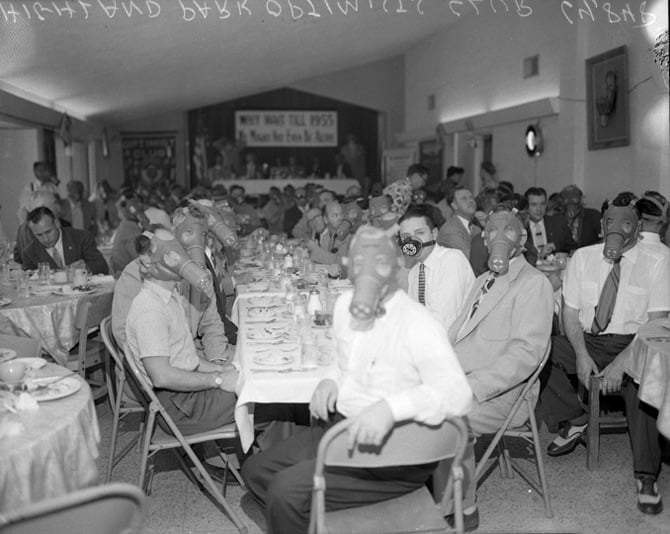
The mystery was not solved until the early 1950s. Aerie Haagen-Smit, who was working as a chemist in California at that time was the first person to identify the real cause behind this grave issue. He explained that ‘’ozone was the primary source of haze.’’
The emissions from the automobiles as well as aerosols, when agitated by the sunlight, produce Ozone. Even after the cause was identified, the air quality did not drastically improve. The town faced severe episodes of smog once every year in the 50s and 60s.
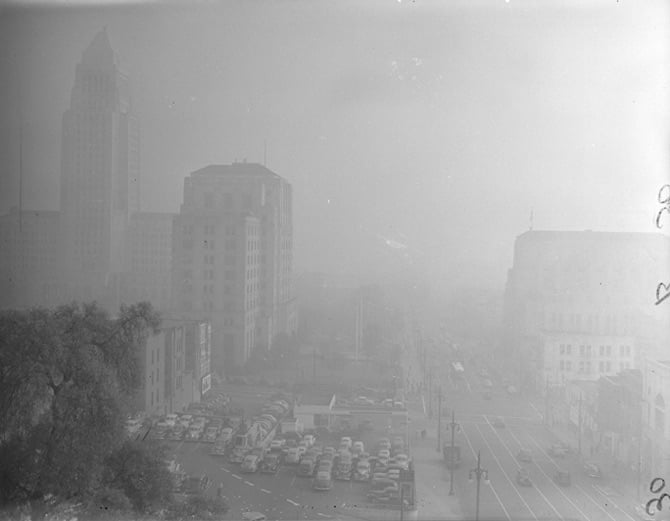
The Great London Smog
The rapidly evolving industries had to have repercussions. Britain embraced the industrial revolution so wholeheartedly that it became completely indifferent to the perils it entails. Along with the progress it was bringing to the country, the sulfur oxides and smoke increased up to 7-fold and 3-fold respectively. It was winning the race of the industrial revolution taking over the world in the 19th century but witnessed one of the worst air pollutions of its time.
More than 4,000 people died in the Great London Smog of December 1952. And it was not until 1956 that the government decided to do something about it. The Clean Air Act was passed in 1956 to keep domestic pollution in control. This act proposed smokeless zones where all the fossil fuel was supposed to be burnt. It introduced cleaner coal that produces less emission on combustion and encouraged people to use electricity and gas for domestic purposes. The power stations were also moved to the outskirts of the cities. The efforts bore fruit, and an apparent decrease in sulfur dioxide was observed.
As more and more industries started to boom, the act was revised in 1968. The revised act proposed taller chimneys for industries that used coal as a fuel.
How hazardous is Smog?
There’s no second opinion about whether smog is hazardous or not. But the extent to which it affects our health is astounding. Smog may seemingly only irritate one’s eyes and the nose as many people not much exposed to it only complain about it, but it deteriorates one’s health drastically.
The increased number of respiratory problems, the rise in the flu and sore throat outbreaks as well as feeling breathless after a walking or any less arduous activity are all caused, in some cases, worsened, by smog.
Studies reveal that avoiding outdoor activities is not going to save you from smog. The ground-level ozone is causing a condition called ‘sick building syndrome.’ The condition makes people feel sick and is caused by the air that is contaminated with O3 produced when automobile emissions react with the Ozone layer in the presence of sunlight.
Michael Apte, an environmental scientist from Lawrence Berkley National Lab in California, explained:
“We found that outdoor air pollution, ozone, is associated with symptoms of lower-respiratory and upper-respiratory stress that occur in buildings to workers,”
The sick building syndrome is associated with mechanical ventilation. Not having a natural means of ventilation is also a problem as it was experienced that people who had symptoms like headaches, dry eyes, etc., indoor, felt better on stepping outside.
The unit that is used to describe the particulate concentration in air is known as PM2.5. The safe limit set by Pakistan is 0-12 and the current value is 1,077 micrograms per cubic meter. These particulates easily penetrate in the lungs thus entering the bloodstream and result in severe health problems.
According to this year’s survey, this air pollution is responsible for 135,000 deaths per year in Pakistan. Further, a report by WHO suggests 4.2 million people die because of air pollution every year.
The current situation in Asia
The situation in Asia is appalling. A study at the start of this year revealed that two-thirds of the total deaths caused by air pollution occur in Asia.
The industrially most developed and populous country of Asia, i.e., China is doing the worst when it comes to air pollution. Majority of the death occur in China and India because of air pollution.
The Chinese authorities warn the residents for not stepping out to avoid the killer smog. For China, the constituent that makes up most of the smog is formaldehyde. With the temperature falling below 0 degrees Celsius, the contaminants are catastrophic for the atmosphere. Since China uses coal for 83% of its heat energy, the atmosphere was bound to be contaminated.
Likewise, one of the most urban cities of India, Delhi, is the world’s most polluted major city has been under the smog cloud for quite some time now.
Even some of the major cities of Pakistan, i.e., Lahore and Karachi experienced severe episodes of smog from the last three years. One of the leading newspapers of Pakistan, Tribune, went on saying ‘’Smog kills more people than the militancy in Pakistan.’’

How countries all over the world are dealing with Smog
Other than passing laws, many countries are coming up with a tangible solution to deal with this pressing issue.
Largest Air Purifier
China has built the world’s largest air purifier in Xian, Shaanxi. Xian is one of the most coal consuming cities of the country and therefore needs something to keep a check on its air quality. The city gets covered by the layer of smog during the winters.
The tower is 100 meters tall and is known to be actually improving the air quality within the area of 12 square kilometers.
The head of its research, Cao Junji said:
“The tower has no peer regarding size … the results are quite encouraging,”
The research team further revealed that ‘’it was able to reduce smog to moderate levels.’ The tower is still in the testing phase.
Bottled Air
Yes, you read that right. A startup in Canada sold bottled air to China by the name of ‘Vitality Air.’ The startup capitalized on China’s rising air pollution and came up with the idea.

The air is sold in canisters each costing around $14-20. The company received more than 1000 pre-orders for the product.
Smog Free Project
SMOG FREE PROJECT is aimed at reducing pollution in public spaces. Led by Dan Roosegaarde, the project has three products so far; Smog Free Tower, Smog Free Ring, and Smog Free Bicycle. All of the products purify air like a smog vacuum cleaner.
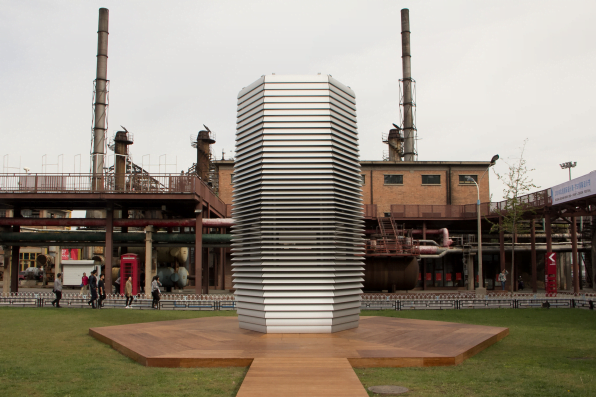
The tower is 7m tall. It used patented positive ionization technology that then produces smog-free air. Since the tower is fixed at one place and does not cause people a penny. The project has been appreciated all over the world and has won the Grand Award for Sustainability.
China, Netherlands, and Poland are currently using it.
Conclusively
The air quality is worsening every passing day, and it is appalling to see that no action whatsoever has been taken by the authorities in Pakistan. Not to forget that Lahore has the world’s second-worst air quality in the world.
The court ruling by Chief Justice Mian Saqib Nisar stated that the government ought to provide the details of its plan to counter air pollution earlier this year. The provincial environmental agency did take action and installed six air quality monitoring units in Lahore. But the question is still the same, why is the government doing ”to curb air pollution?’
Is imposing green taxes like China going to do any good for the country or should we lose hope and import some fresh air ourselves?

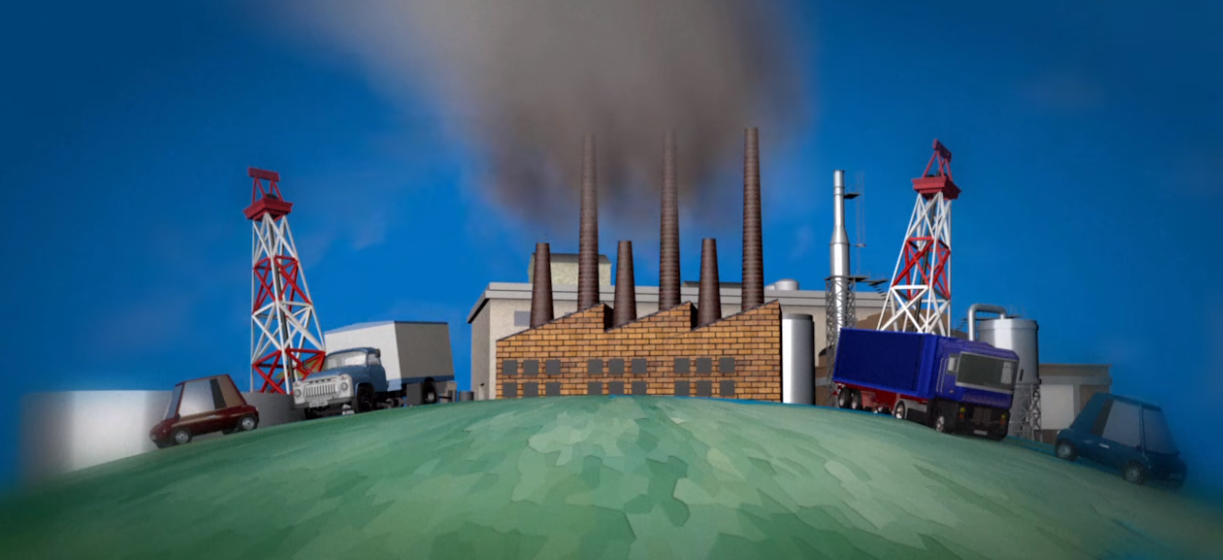
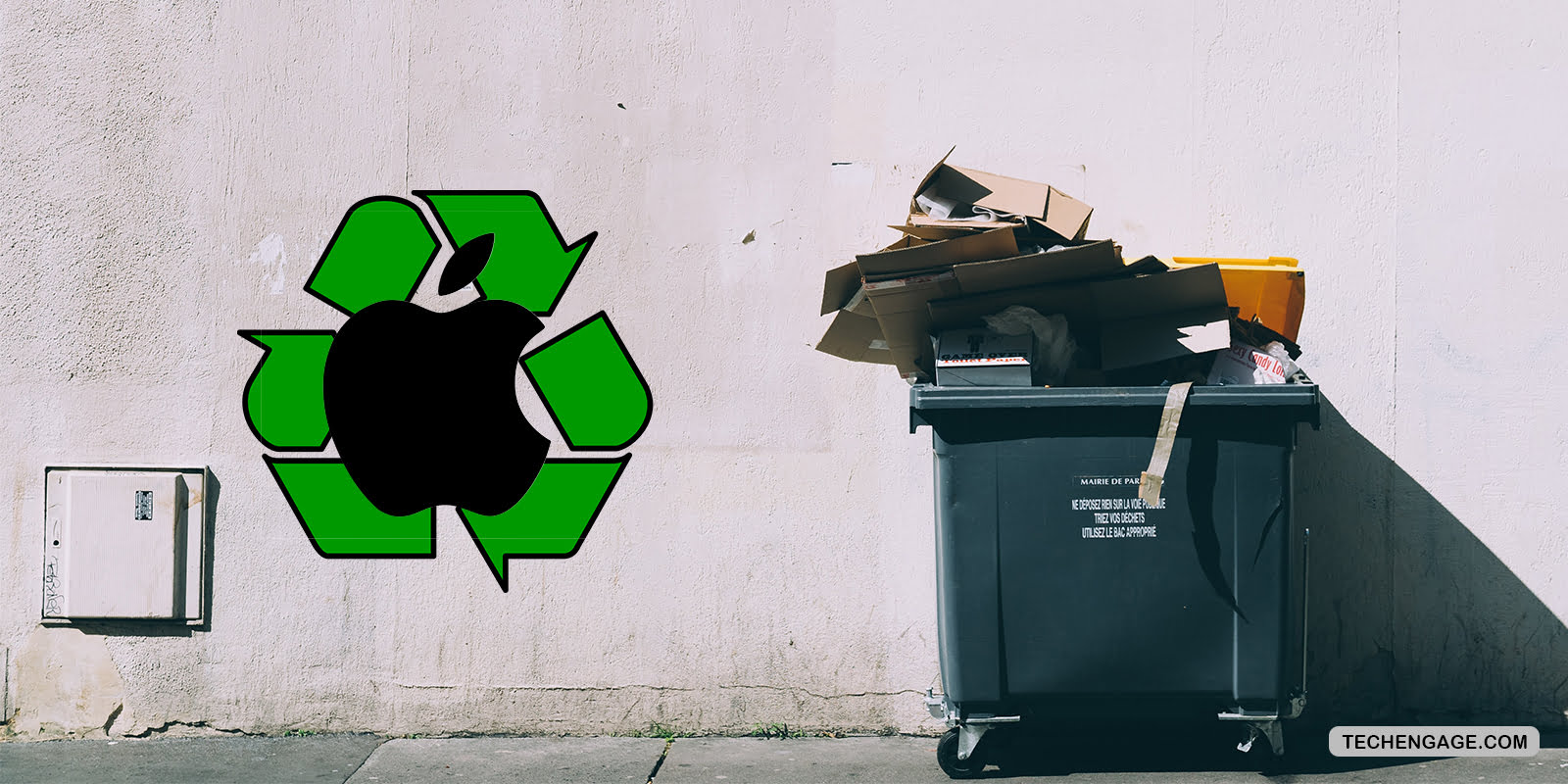
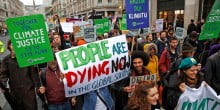
Share Your Thoughts